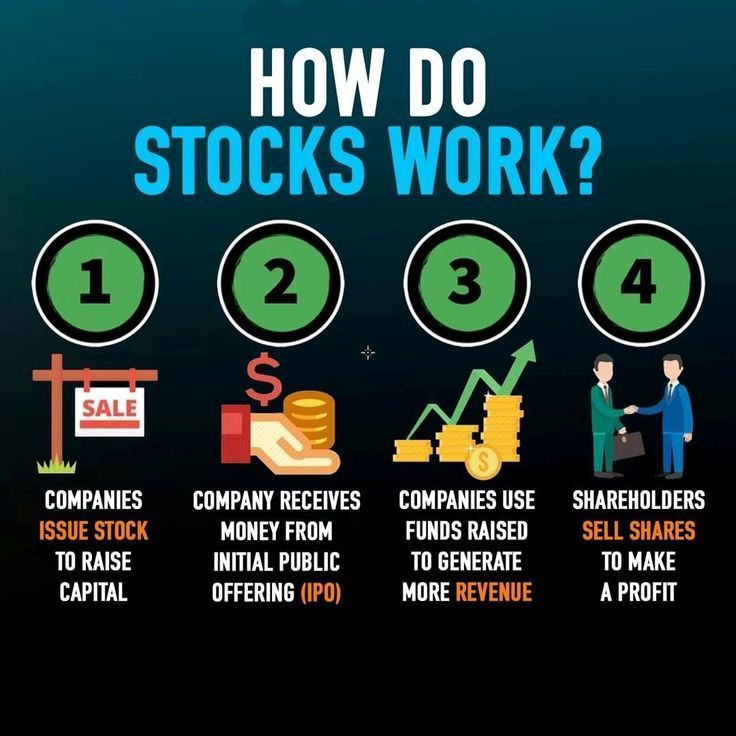
How the stock exchange works
The stock exchange is a complex financial marketplace where stocks, also known as shares or equities, are bought and sold. It serves as a platform for companies to raise capital and for investors to participate in the ownership of these companies. Understanding how the stock exchange works is crucial for anyone interested in investing or learning about the world of finance.
At its core, the stock exchange operates based on the principles of supply and demand. When a company decides to go public, it offers shares of its ownership to the public through an initial public offering (IPO). This allows individuals and institutional investors to buy a stake in the company by purchasing its shares.
The price of these shares is determined through various factors, including the company's financial performance, industry trends, and market sentiment.
Once a company is listed on the stock exchange, its shares can be traded among investors. This is where the concept of the secondary market comes into play. Investors can buy or sell shares of a listed company through licensed brokerage firms or online trading platforms.
The stock exchange acts as an intermediary, facilitating these transactions by matching buyers and sellers.
The stock exchange operates using an auction-style trading system or an electronic trading platform. In the auction-style system, traders gather on the exchange floor, representing buyers (also known as bulls) and sellers (bears). They place bids and offers for stocks, indicating the price at which they are willing to buy or sell.
The exchange determines the final price based on the highest bid and the lowest offer, bringing buyers and sellers together for a transaction.
In the electronic trading platform, the entire process is automated. Investors place orders through their brokerage accounts, indicating the number of shares they want to buy or sell and the price at which they are willing to transact. These orders are matched by the exchange's computer systems, and trades are executed instantly.
This has significantly increased the speed and efficiency of stock trading, enabling investors from all over the world to participate in the market.
To ensure fair and transparent trading, stock exchanges have specific regulations and oversight. They have listing requirements that companies must meet to be listed on the exchange. These requirements typically include financial criteria, corporate governance standards, and regular reporting obligations.
Additionally, exchanges have regulatory bodies that monitor trading activities, investigate irregularities, and enforce rules to maintain market integrity.
The stock exchange also provides market indices, such as the S&P 500 or the Dow Jones Industrial Average, which represent the overall performance of a group of stocks. These indices are used as benchmarks to assess the performance of individual stocks or the market as a whole.
The stock exchange serves as a vital component of the global economy, allowing companies to access capital and investors to grow their wealth. It provides liquidity to the market, enabling investors to buy and sell shares with ease. However, investing in the stock market carries risks, as stock prices can be volatile and subject to various factors beyond an investor's control.
Therefore, it is crucial to conduct thorough research, diversify investments, and seek professional advice when navigating the stock exchange.
In conclusion, the stock exchange is a dynamic marketplace where stocks are bought and sold. It operates based on the principles of supply and demand, connecting companies and investors. Whether through an auction-style trading system or an electronic platform, the stock exchange facilitates the trading of shares, allowing investors to participate in the ownership of companies.
Understanding how the stock exchange works is essential for anyone looking to invest and navigate the world of finance.

